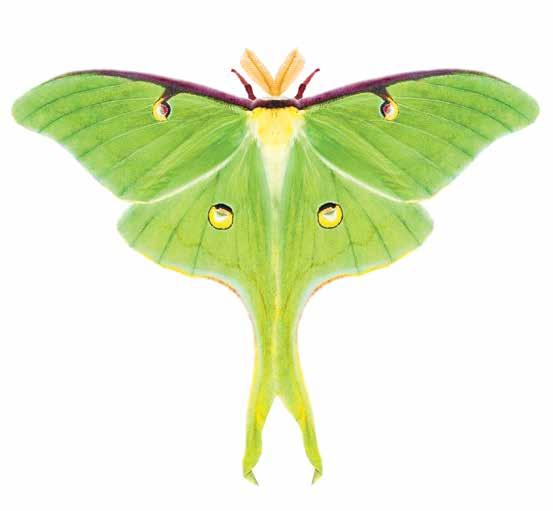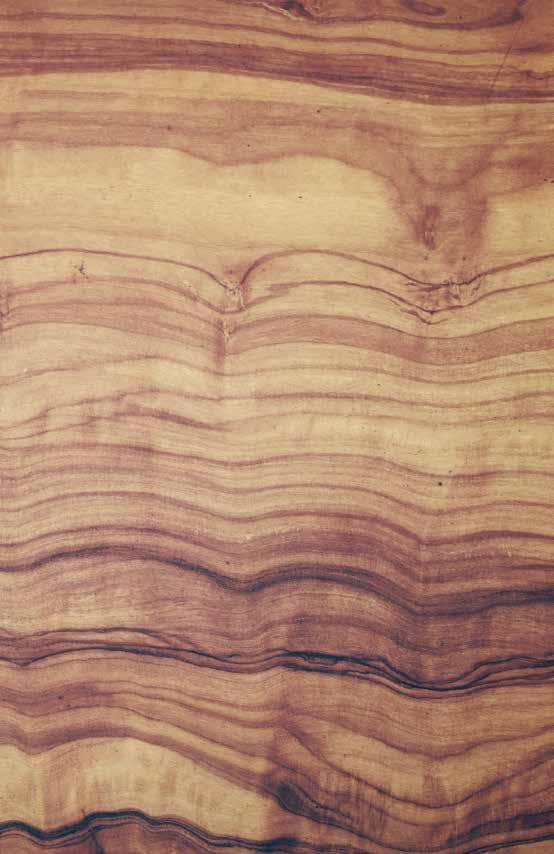FIELD GUIDE






lifespan: 3 years
FUN FACTS:
• you can recognize a group of wood frogs because they sound like ducks
• it takes 2 months for a wood


lifespan: up to 2 years in the wild, 6 years in captivity
FUN FACTS:
• they are harmless to humans
• they are only 10-15 inches in length


lifespan: 2 years in the wild, 6-10 years in captivity
FUN FACTS:
• there are toxins in their venom, but they are harmless to humans
• they can give birth to almost 100 babies at once

lifespan: 3-4 years
FUN FACTS:
• a turkey has between 5,000 and 6,000 feathers covering its body
• wild turkeys roost overnight in trees
• turkeys can fly up to speeds of 55mph and run up to 25mph

lifespan: up to 40 years in the wild, but not as long in captivity
FUN FACTS:
• turtles shed their shell as they are growing; their skin resembles a burnt leaf
• a group of turtles is called a “bale of turtles”

lifespan: 47 years
FUN FACTS:
• all snapping turtles have very powerful bites... observe them from afar
• they can weigh up to 600 pounds


lifespan: 6-14 years
FUN FACTS:
• only male deer grow antlers, which are shed each year
• a young deer is called a fawn. an adult male deer is called a buck. the female is called a doe


lifespan: 20 years
FUN FACTS:
egg masses can contain up to 250
yellow spotted salamanders make their homes near ponds and vernal
lifespan: 9 years
FUN FACTS: the northern two-lined salamander is mainly nocturnal classified as a lungless salamander
lifespan: 12-15 years
eastern newts are actually a common aquarium pet they have poison under their skin which glows to warn predators

lifespan: 12-28 years
FUN FACTS:
• they are monogamous and stay with the same partner for years
• hawks can’t move their eyes, so they have to move their heads


lifespan: 3-4 years
FUN FACTS:
• they are the most common bird at the kartrite
• willow flycatchers are almost impossible to tell apart in the field, so biologists use their songs to distinguish between them
lifespan: 7 years
FUN FACTS:
• the chestnut-sided warbler sings two basic song types: one is accented at the end (the pleasedto-MEETCHA song), and the other is not
• insects make up over 90% of their diet, berries are the other 10%

lifespan: 9 years
FUN FACTS:
• these birds have white or red eyes
• a group of towhees are collectively known as a "tangle" and a "teapot" of towhees





lifespan: 1 month
FUN FACTS:
• eastern tiger swallowtail spreads its wings while resting
• virginia has labeled it as their official state insect
lifespan: 6 months
FUN FACTS:
• dragonflies are one of the first insects to inhabit this planet
• dragonflies are aggressive predators that can regularly eat 10% of their body weight
lifespan: 5-6 weeks once they emerge from underground
FUN FACTS:
• the name "cicada" means "tree cricket" in latin

• some cicada species only emerge every 13 and 17 years
• cicadas are the loudest insect and can be heard a quartermile away

lifespan: 1 year
FUN FACTS:
• the painted lady is the most widely distributed butterfly in the world
• these medium-sized butterflies can cover up to 100 miles per day during their migration



lifespan: 1 week
FUN FACTS:
• adult luna moths don't have mouths and do not feed during their short lives
• a luna moth's main predator are bats

lifespan: 1 year
FUN FACTS:
• their name comes from how their song sounds: "katy did, katy didn't"
• their ears' tympana (hearing organs) are on their front legs
lifespan: 1-3 months
FUN FACTS:
• a single lady beetle may eat as many as 5,000 aphids in its lifetime
• over 450 species of lady beetles are found in north america


lifespan: 1 year
FUN FACTS:
• can fly 12 miles per hour
• taste from their feet
• rarely feed on nectar from flowers, but rather consume fermenting fruit, dung and tree sap
• often seen in large groups drinking from mud puddles
• also known as "white admiral"
lifespan: 2 years
FUN FACTS:
• grasshoppers have 5 eyes
• most grasshoppers make noises using their wings and legs like crickets



lifespan: 1 year
FUN FACTS:
• they mimic other insects
• they don’t hunt using webs because of their jumping ability
• all jumping spiders have four pairs of eyes
• they propel themselves by suddenly changing the blood flow in their body
• they have the ability to leap up to 50 times their own body length




GOLDENROD CRAB

lifespan: 6 years
FUN FACTS:
• crab spiders are “sit and wait” predators that do not use webs
• females guard their eggs until they hatch
lifespan: 1 year
FUN FACTS:
• although the bite of this spider isn’t venomous, it will cause discomfort like a bee sting
lifespan: 6 years
FUN FACTS:
• they do not spin webs, instead they chase and pounce on their insect prey
• wolf spiders have eight eyes
lifespan: 12 months
FUN FACTS:
• they are also known as pumpkin spiders because of their round, orange bellies
• females are twice the size of males



lifespan: 200 years
FUN FACTS:
• white pine needles contain five times more vitamin c than a lemon
• it is the state tree of maine and michigan and the providential tree of ontario, canada
lifespan: 220 years
FUN FACTS:
• the christmas tree at rockefeller center is usually a norway spruce
• the oldest living tree is a norway spruce named old tjikko. it is 9,550 years old
lifespan: 100-300 years
FUN FACTS:
• juniper berries are most famous for flavoring gin and have also been recently used to flavor liquors and sauces
• its aromatic wood is used for furniture, paneling, fence posts and pencils
lifespan: 30-50 years
FUN FACTS:
• dried, ground fruit of sumac is used as a lemony-flavored spice that is especially popular in middleeastern cuisine
• sumac is found in some perfumes and potpourri




lifespan: 3 weeks
FUN FACTS:
• powdered iris root smells like violets and can be found in some perfumes and potpourri
• the roots and rhizomes of irises are extremely poisonous to humans and animals
• the iris is the birth month flower of february, and the 25th wedding anniversary flower
• the “fleur de lis” is a graphic representation of the iris
lifespan: 2 years
FUN FACTS:
• allergic reaction typically lasts 5-12 days
• after you wash the oils off of your skin, the rash is no longer contagious

lifespan: 1- 1 ½ months
FUN FACTS:
• has anti-inflammatory, antibacterial, antispasmodic, and analgesic (pain-relieving) properties
• it is named after a medieval pole weapon

lifespan: 300 years
FUN FACTS:
• also known as a goosefoot maple because the leaf is shaped roughly like the foot of a goose
• the bark is useful as a tea that has been historically used to treat a variety of ailments

lifespan: 300- 400 years
FUN FACTS:
• maple syrup is made from the sap
• it takes about 40 gallons of sap to make one gallon of maple syrup



lifespan: some can continue growing for 80 years or more
FUN FACTS:
• promotes wood decay
• groups can weigh over several hundred pounds


lifespan: depending on species, ranges from 2-10 years
FUN FACTS:
• moss does not need soil to grow
• relies on the wind to disperse spores to reproduce
• there are male and female moss
• mosses evolved from algae
lifespan: 21-86 days
FUN FACTS:
• the dried flowers and seeds can be ground to make flour
• when steeped for tea, it is believed to purify the blood and boost immunity

lifespan: 10 years
FUN FACTS:
• like the name suggests, this fern smells like newly mown hay
• ferns are some of the oldest plants in the world, first appearing in the fossil record about 360 million years ago
lifespan: perennial
FUN FACTS:
• goldenrod is sometimes used for the manufacture of honey
• thomas edison made tires for the ford model t from the rubber found in goldenrod
• young leaves and seeds of goldenrod are edible. flowers are also edible, but are more



